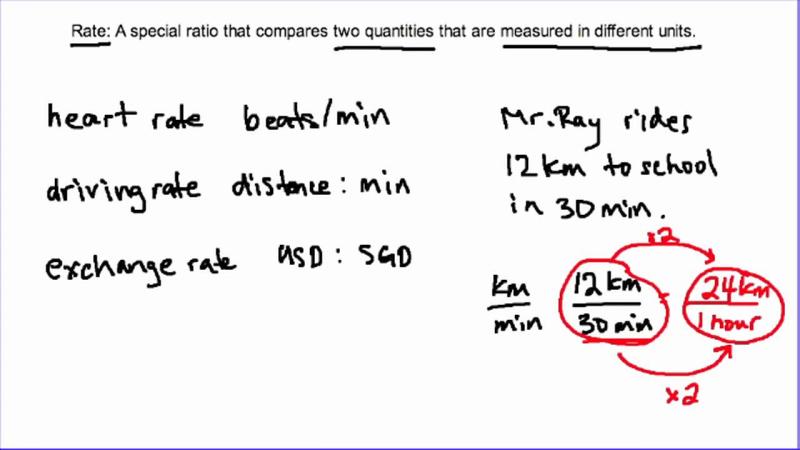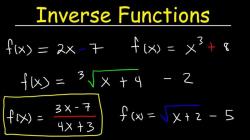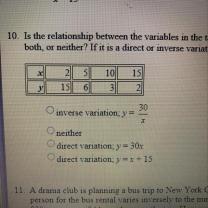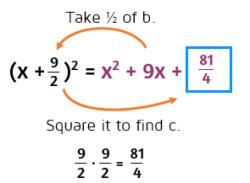What is the difference between an unit rate and rate?
The terms "unit rate" and "rate" are related concepts in mathematics, but they have distinct meanings.
Rate:
Definition: A rate is a comparison of two quantities measured in different units. It expresses how one quantity changes in relation to another.
Formula: The general formula for a rate is:
Example: If a car travels 60 miles in 2 hours, the rate of speed is , which simplifies to .
Unit Rate:
Definition: A unit rate is a specific type of rate in which the second quantity is 1 unit. It is a rate in which the denominator is always 1.
Formula: The formula for unit rate is:
Example: If a car travels 60 miles in 2 hours, the unit rate of speed is , or simply .
Key Differences:
Denominator:
- For a rate, the denominator can be any quantity, representing the change in the second quantity.
- For a unit rate, the denominator is always 1, making it a specific case of a rate.
Representation:
- Rate is represented as a ratio of two quantities with different units.
- Unit rate is represented as a ratio with the second quantity equal to 1, simplifying the comparison.
Common Use:
- Rates are used to express the relationship between any two quantities.
- Unit rates are commonly used to express a quantity per 1 unit, making them easily comparable.
Example:
Rate:
Unit Rate:
In summary, while both rate and unit rate involve the comparison of quantities, the key difference lies in the denominator. A unit rate always has a denominator of 1, simplifying the comparison and making it a specific type of rate.
Sure, here is a comprehensive explanation of unit rates:
Clarifying the concept of unit rates as specific types of rates
A rate is a measure of how much of one quantity changes in relation to another quantity. Unit rates, also known as conversion rates or simply rates, are a specific type of rate that compares a quantity to one unit of that quantity. This means that unit rates express how much of the quantity is contained in a single unit.
Identifying unit rates by comparing quantities with a common base unit
Unit rates are typically identified by comparing quantities with a common base unit. For instance, when considering the price of gasoline, the unit rate is expressed as dollars per gallon. This means that the unit rate tells us how much money (in dollars) is required to purchase one gallon of gasoline.
Interpreting unit rates as the value of one unit of the quantity
Unit rates can be interpreted as the value of one unit of the quantity. For example, if the unit rate for apples is $2 per apple, this means that each apple costs $2. Similarly, if the unit rate for driving is 60 miles per hour, this means that a person travels 60 miles in one hour.
Distinguishing between unit rates and other types of rates, such as average rates and instantaneous rates
Unit rates should be distinguished from other types of rates, such as average rates and instantaneous rates. Average rates represent the overall change in a quantity over a certain period, while instantaneous rates represent the change in a quantity at a specific moment in time. For instance, the average rate of a car trip might be 50 miles per hour, but the instantaneous rate at a specific moment might be 65 miles per hour.
Applying unit rates in various situations, such as calculating prices, speeds, and densities
Unit rates have wide-ranging applications in various situations, including:
Calculating prices: Unit rates can be used to calculate prices, such as the price per pound of fruit, the price per gallon of gas, or the price per hour of labor.
Determining speeds: Unit rates can be used to determine speeds, such as miles per hour, kilometers per hour, or knots.
Calculating densities: Unit rates can be used to calculate densities, such as grams per cubic centimeter or pounds per cubic foot.
Understanding unit rates is essential for solving various problems and making informed decisions in everyday life. Unit rates enable us to compare quantities, make conversions between different units, and calculate values related to rates.













